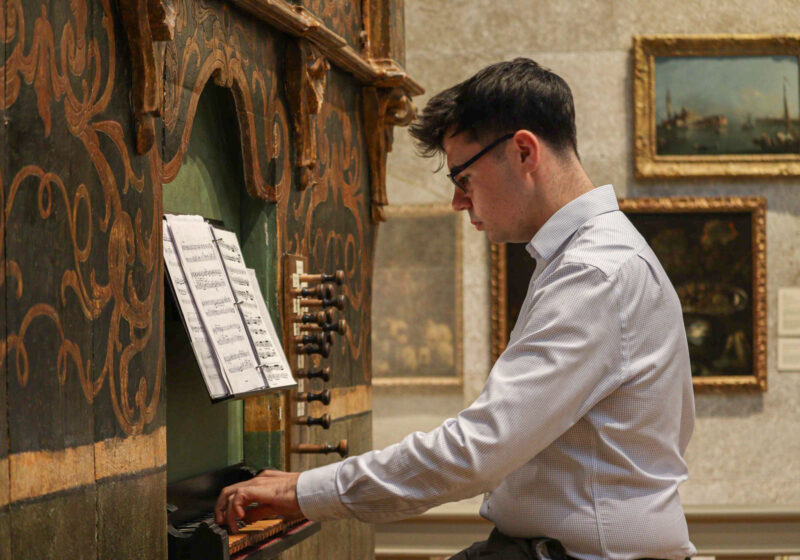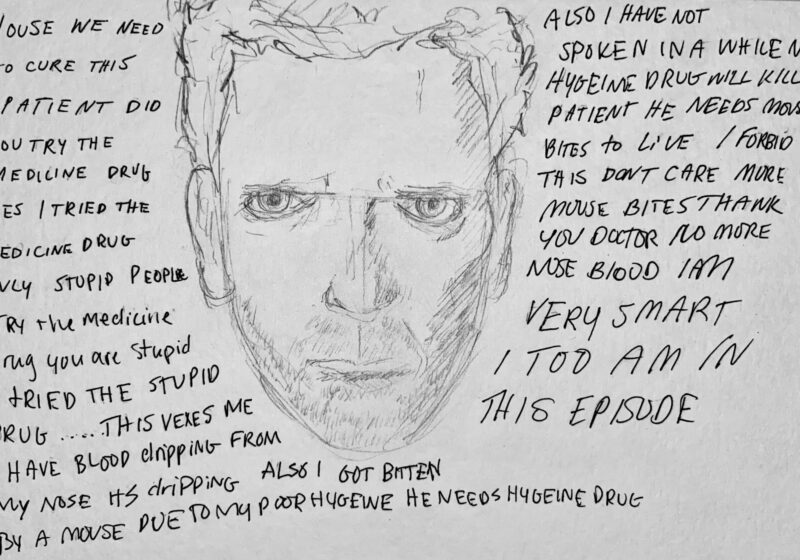According to George Eastman House curator Kathleen Connor, the mission of the George Eastman House is two-fold. “The mission is to teach people about the historical development of photography and motion pictures, and also to be a memorial to George Eastman,” Connor said.
The George Eastman House hosts many collections of photographs, with exhibits that change every two to three months.
The most recent exhibit, titled “Picturing What Matters,” opened right before September 11 and focused on the cultural values of American society. The photographs ranged from family photos, to photos of the fallen World Trade Center, to older pictures taken during our nation’s wars.
A new exhibit will be opening this Friday. It will be a collection of photos taken by African-American Gordon Parks during the 1930s, 40s and 50s. He focused on racial injustice and inequality during the civil rights movement.
“Taking pictures was his way of fighting back,” Connor said. A large portion of the work at the George Eastman House is in preserving and restoring old motion pictures. “The film staff here is the best in their field,” Connor said.
After Eastman’s death in the 1950s, his niece Ellen and her husband George Dryden gave money to build the Dryden Theatre, which is attached to the George Eastman House.
“It’s a place to show movies they’ve collected,” Connor said.
The Dryden Theatre has film showings every weekend and select weekdays. The films are chosen by themes, such as ethnicities and gay and lesbian interests, which are changed about every month.
The films shown at the Dryden Theatre range from newer, well-known films, like “The Shawshank Redemption,” to old, rare nitrate films.
The Dryden Theatre is one of only three theaters in the world to show nitrate films. These films present many dangers because they are highly combustible. Many precautions are taken in the storage and care of the nitrate films.
According to Connor, the nitrate films are stored off-site at a separate facility in Chili. The booth from which the films are shown in the theater was constructed to provide a higher than normal level of fire resistance.
In their work to educate people about the more personal side of George Eastman, the museum maintains his house, gives tours and holds garden exhibits such as the traditional flower exhibit in February called “The Dutch Connection.”
Each summer, Eastman ordered flower bulbs,which would then be delivered in the fall. He would care for the bulbs in one of his three greenhouses, and bring them out in February to create a beautiful display of flowers.
This tradition is carried on in Eastman’s memory. A flower order, identical to an order Eastman himself placed during his life, is placed every summer and received in the fall. Staff of the George Eastman House cares for the flower bulbs until February when they are put on display for about two and a half weeks.
This year’s flower show will be opening soon, featuring the flower bulb order Eastman placed in the fall of 1932. “It was the last order Eastman placed,” Connor said, “but it was never shown because of his death.”For more information, visit www.geh.org.
Egan can be reached at cegan@campustimes.org.




